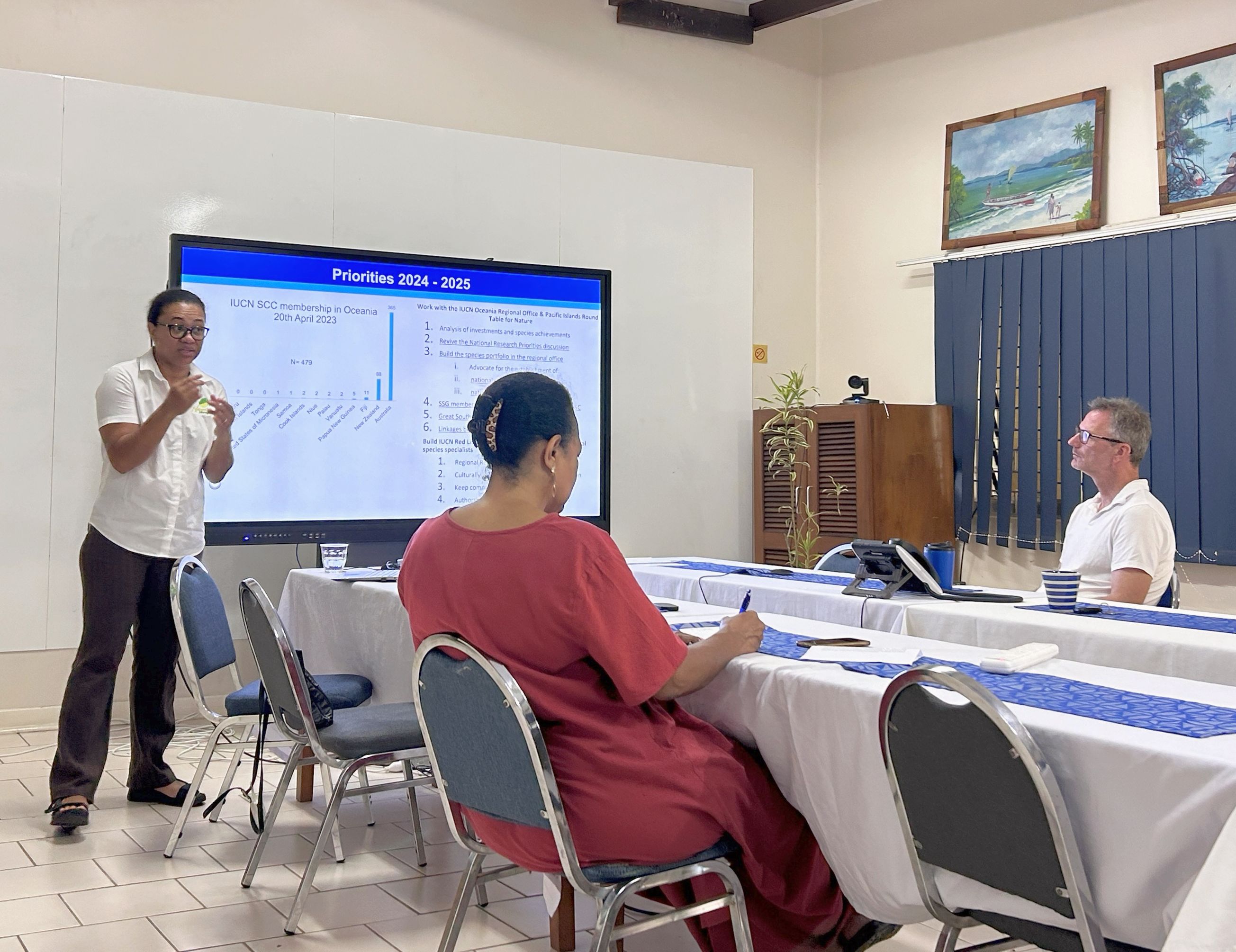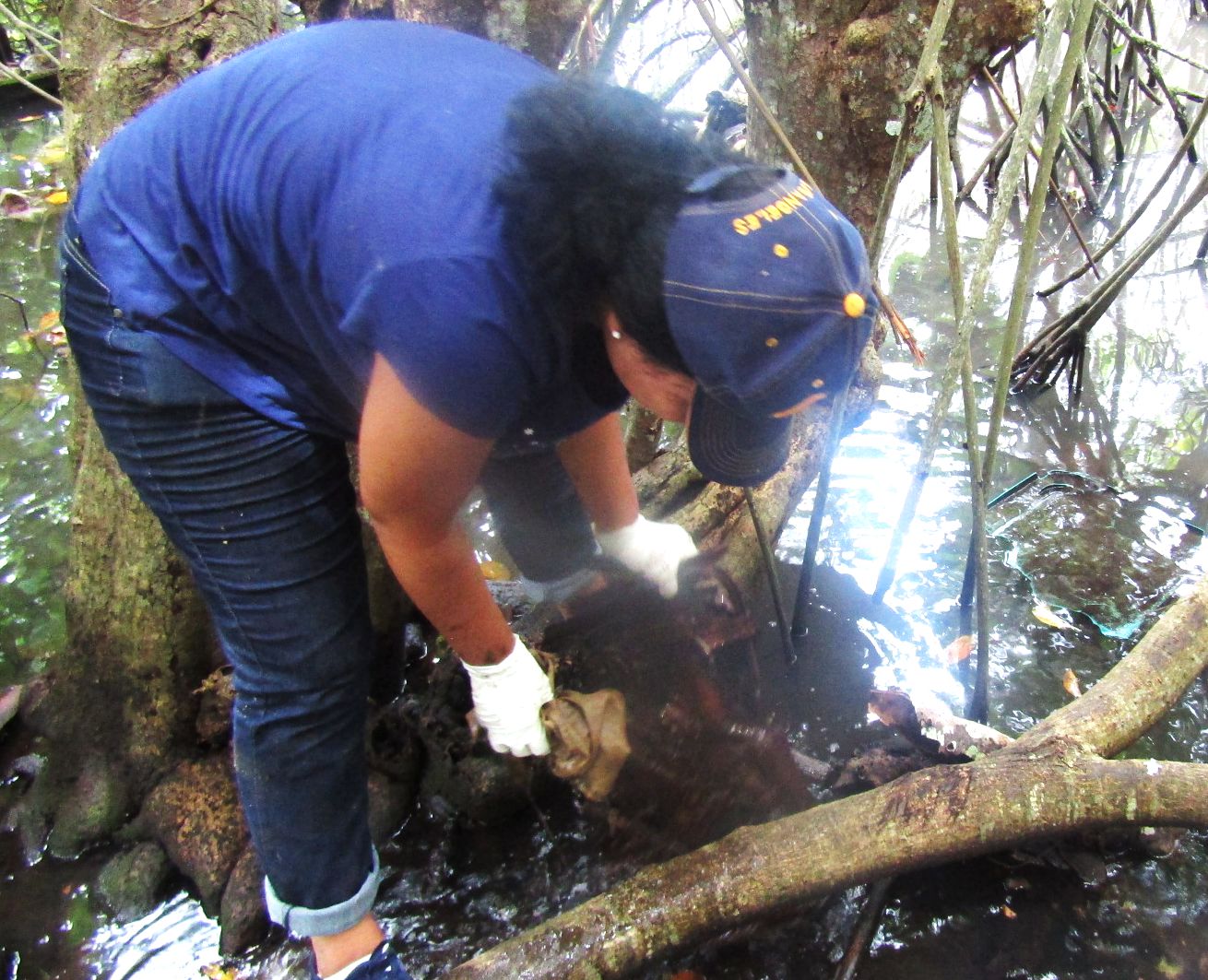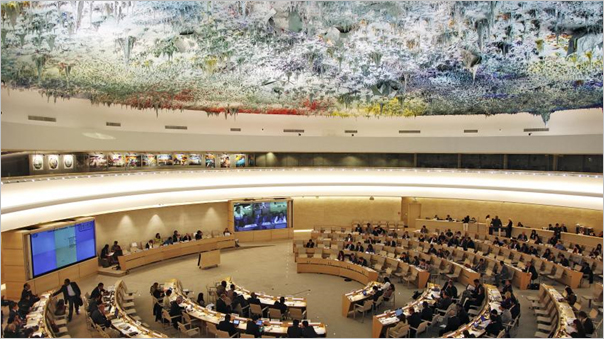In 2020, four members of the IUCN Commission on Environmental, Economic and Social Policy (CEESP) Specialist Group on Gender undertook an analysis of the motions to be tabled at the IUCN World Conservation Congress.
The researchers wanted to establish the extent to which the motion process would enable the IUCN Membership to debate and vote on a range of biodiversity policy developments that had meaningfully taken into account some of the many significant connections between biodiversity conservation and gender equality. Their hope was that a critical mass of motions, with a genuine gender element, would be uncovered. Their further hope was that these motions’ co-sponsors could be connected so they could advocate for each other’s motions at an event during Congress in Marseille. But the idea of such an event ended long before Congress was postponed to September 2021, because the critical mass of motions simply did not exist.
As a community in 2021 we need to do better, and do better before we are called out.
The team reviewed the text of 127 of the 128 motions (motion 001 was omitted as it relates to archiving resolutions and recommendations) looking for references to “gender”. Across the 127 motions, there were five uses of “gender” in three motions. Excluding references in the explanatory text and the preamble sections to focus solely on the operative text, the count went down to three references in a single motion. That motion is motion 075 IUCN Principles on Synthetic Biology and Biodiversity Conservation. The references to gender, contained in a lengthy annex, were not included in the original motion text but added during the consultation process. This highlights the importance of IUCN Members actively engaging in these consultations.
If motion 075 passes later this year (it was not selected for the electronic vote), the only references to gender in any of the upcoming Congress resolutions or recommendations will be in a technical resolution relating to synthetic biology.











Add new comment